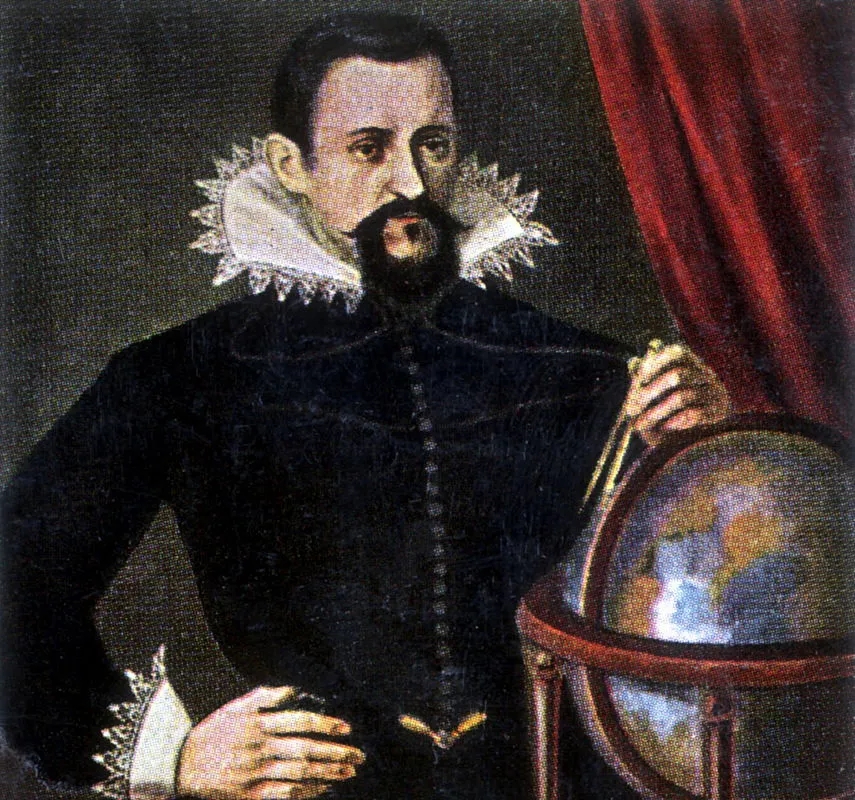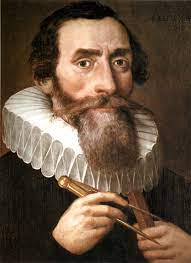Isaac Newton
Isaac Newton’s major life work was his book Principia Mathematica where he detailed his three laws of motion, gravitational law and other astronomical phenomena. He also created Calculus independently of Leibniz. Using his law of gravity, he derived Kepler’s three laws of planetary motion.
Historical Events and Figure
Scientific Revolution: The Scientific Revolution occurred some time between the 1400s to 1690s. The Scientific Revolution was responsible for the creation of the scientific method as well as the dissemination of scientific discoveries across the Western world.
Salem Witch Trials: The Salem Witch Trials occurred in Massachusetts between 1692 and 1693. The Salem Witch trials was based upon the reasoning that those who denied that the existence of evil spirits lived with them, must be evil themselves, leading to mass hysteria.
Johann Sebastian Bach (31 March 1685 – 28 July 1750): Bach was one of the greatest composers in history. Bach composed music mainly for the church, with his greatest work being the Mass in B minor.
Reflection
The juxtaposition of Bach’s and Newton’s lives fascinated me the most. Bach wrote many pieces of music for the church, dedicating his work to God, whereas Newton’s had a rocky relationship with the church. It is interesting to note that Newton did not believe in an immortal soul whereas Bach did. According to Wikipedia, which has many different takes on Newton’s religious views, Newton was considering not completing his MA at Cambridge in order to not have to submit himself to the 39 articles of the Church of England. However, it was disbanded just in time for him to complete his MA. It wouldn’t surprise me if Newton was generally skeptical or even disliked established structures like the Church of England. He seems to me the type of person to dive deep into a subject and try to find out the ultimate principles that govern metaphysical life.
Sources
Bryant, William Cullen, and Elaine Breslaw. “Salem witch trials.” Wikipedia, https://en.wikipedia.org/wiki/Salem_witch_trials. Accessed 3 February 2024.
DARBY, J., and T. BROWNE. “Religious views of Isaac Newton.” Wikipedia, https://en.wikipedia.org/wiki/Religious_views_of_Isaac_Newton. Accessed 3 February 2024.
“Johann Sebastian Bach.” Wikipedia, https://en.wikipedia.org/wiki/Johann_Sebastian_Bach. Accessed 3 February 2024.
“Scientific Revolution | Definition, History, Scientists, Inventions, & Facts.” Britannica, https://www.britannica.com/science/Scientific-Revolution. Accessed 3 February 2024.
“Sir Isaac Newton.” Wikipedia, https://en.wikipedia.org/wiki/Isaac_Newton. Accessed 3 February 2024.









